
How to Use SPBKBS -10: Examples, Pinouts, and Specs
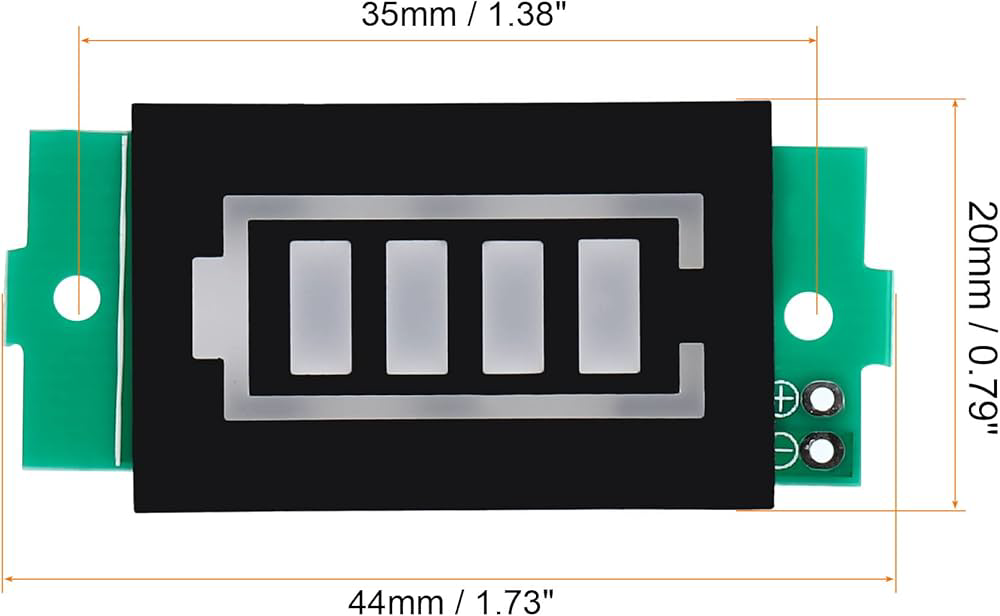
 Design with SPBKBS -10 in Cirkit Designer
Design with SPBKBS -10 in Cirkit DesignerIntroduction
The SPBKBS-10 is a specialized circuit breaker designed for high-voltage applications. It provides reliable overcurrent protection, ensuring the safety and longevity of electrical systems. This component is engineered to handle demanding environments, making it ideal for industrial, commercial, and high-power electrical installations.
Explore Projects Built with SPBKBS -10
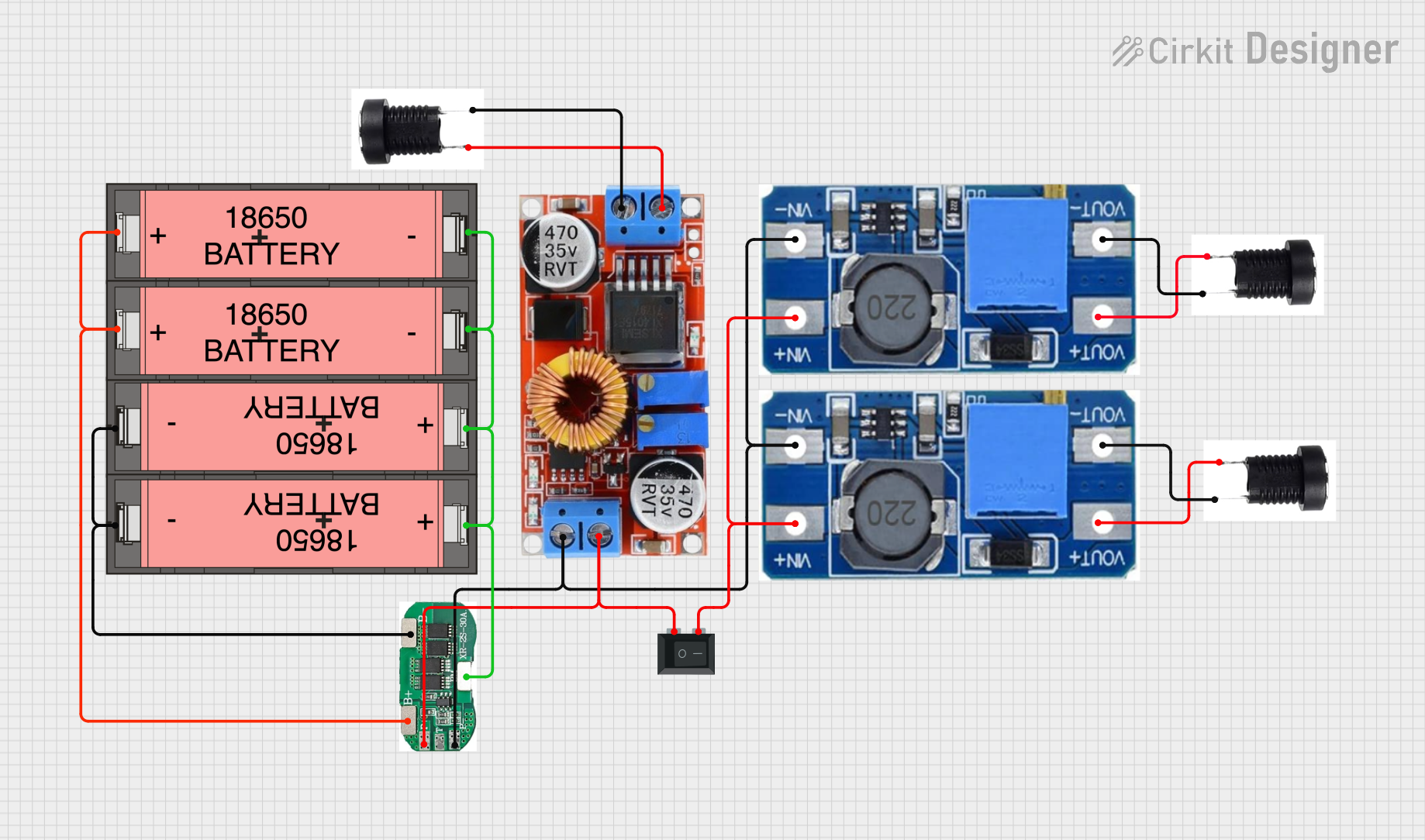
 Open Project in Cirkit Designer
Open Project in Cirkit Designer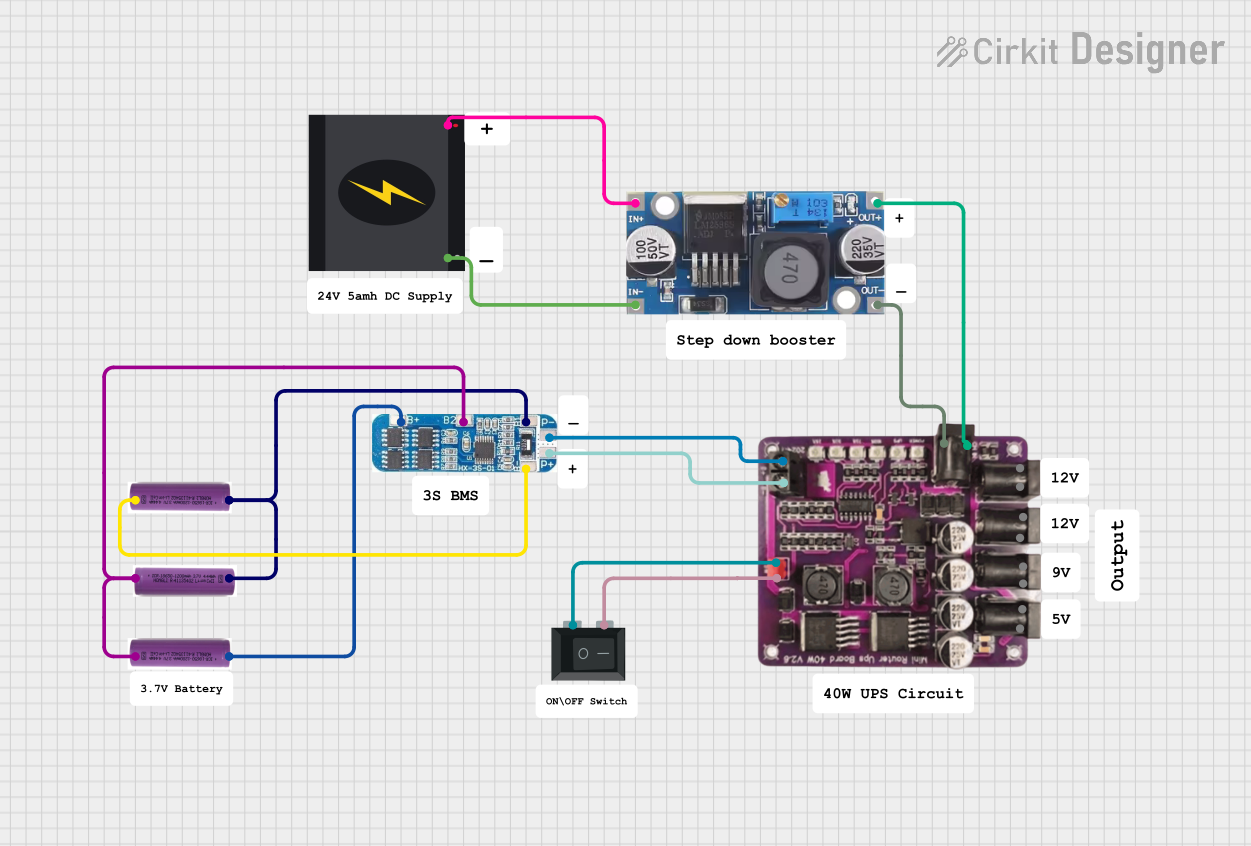
 Open Project in Cirkit Designer
Open Project in Cirkit Designer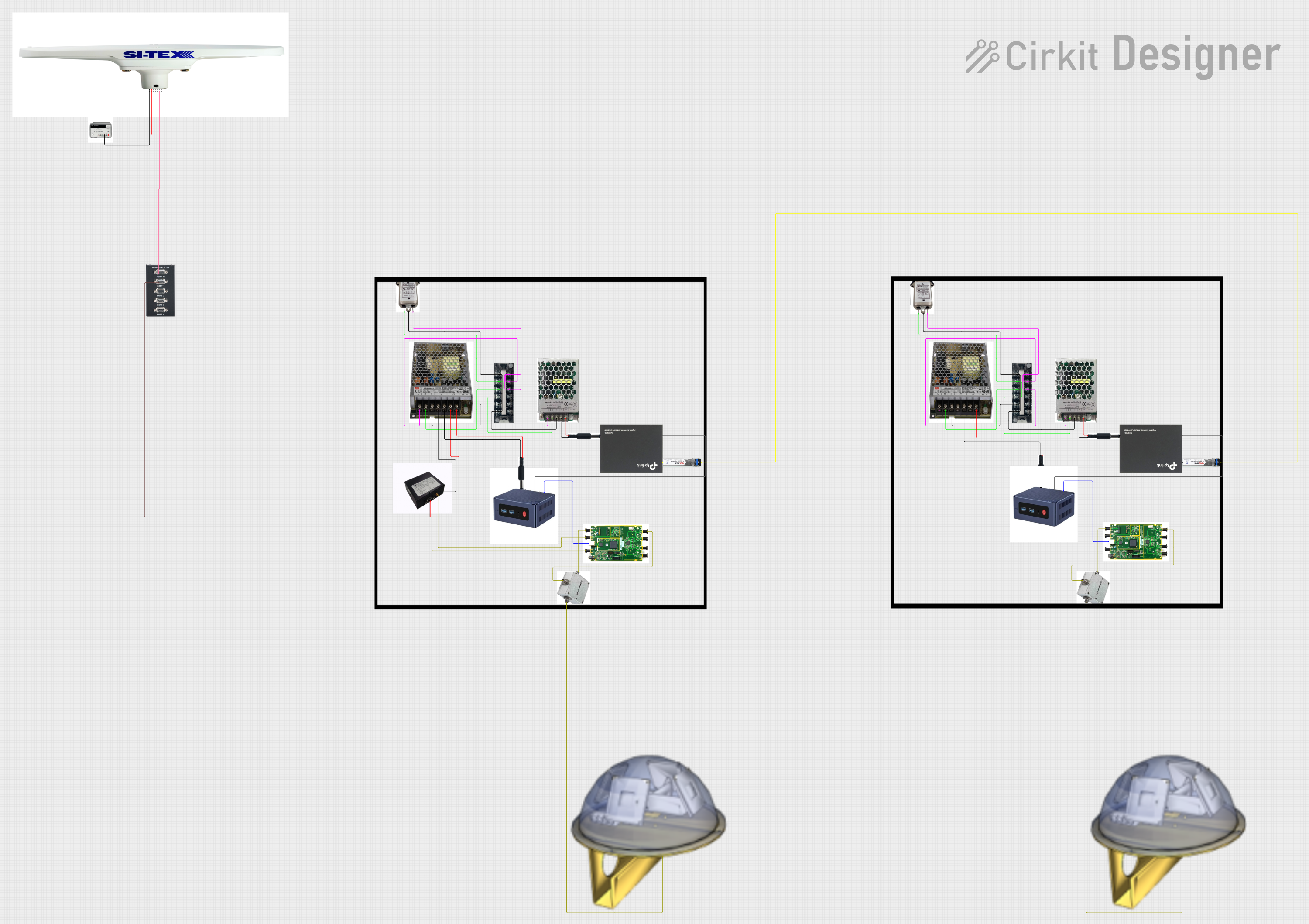
 Open Project in Cirkit Designer
Open Project in Cirkit Designer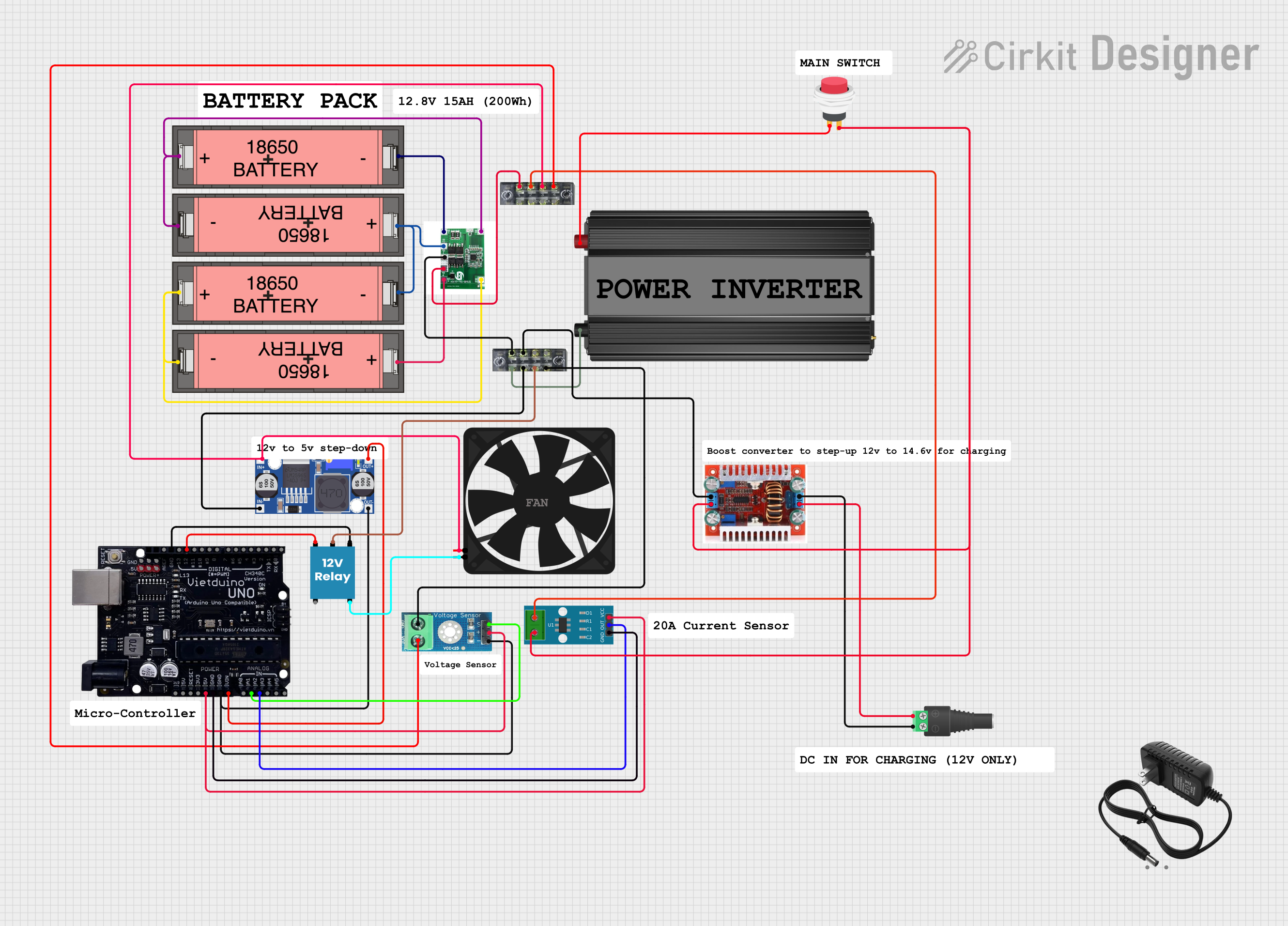
 Open Project in Cirkit Designer
Open Project in Cirkit DesignerExplore Projects Built with SPBKBS -10

 Open Project in Cirkit Designer
Open Project in Cirkit Designer
 Open Project in Cirkit Designer
Open Project in Cirkit Designer
 Open Project in Cirkit Designer
Open Project in Cirkit Designer
 Open Project in Cirkit Designer
Open Project in Cirkit DesignerCommon Applications and Use Cases
- High-voltage industrial machinery
- Power distribution systems
- Renewable energy systems (e.g., solar and wind power)
- Electrical panels in commercial buildings
- Protection for transformers and large motors
Technical Specifications
The SPBKBS-10 is built to meet stringent safety and performance standards. Below are its key technical details:
General Specifications
| Parameter | Value |
|---|---|
| Rated Voltage | 1000V AC / 1500V DC |
| Rated Current | 10A |
| Breaking Capacity | 50 kA |
| Operating Temperature | -25°C to +70°C |
| Insulation Resistance | ≥ 100 MΩ |
| Response Time | ≤ 10 ms |
| Mounting Type | DIN Rail |
| Dimensions (L x W x H) | 90 mm x 18 mm x 75 mm |
| Weight | 150 g |
Pin Configuration and Descriptions
The SPBKBS-10 features screw terminals for secure connections. Below is the terminal configuration:
| Terminal Number | Description |
|---|---|
| 1 | Line Input (High Voltage) |
| 2 | Neutral Input |
| 3 | Line Output (High Voltage) |
| 4 | Neutral Output |
| Ground (Chassis) | Grounding Terminal for Safety |
Usage Instructions
How to Use the SPBKBS-10 in a Circuit
- Mounting: Securely mount the SPBKBS-10 on a DIN rail in your electrical panel.
- Wiring:
- Connect the high-voltage input line to Terminal 1 and the neutral input to Terminal 2.
- Connect the high-voltage output line to Terminal 3 and the neutral output to Terminal 4.
- Ensure the grounding terminal is connected to the system's ground for safety.
- Testing:
- Before powering the system, verify all connections are secure and correct.
- Use a multimeter to check for continuity and proper insulation resistance.
- Operation:
- Once installed, the SPBKBS-10 will automatically trip in the event of an overcurrent or short circuit.
- Reset the breaker manually after resolving the fault condition.
Important Considerations and Best Practices
- Voltage and Current Ratings: Ensure the SPBKBS-10 is used within its rated voltage (1000V AC / 1500V DC) and current (10A) limits.
- Proper Grounding: Always connect the grounding terminal to prevent electrical hazards.
- Environmental Conditions: Avoid exposing the breaker to extreme temperatures or moisture beyond its operating range.
- Periodic Maintenance: Inspect the breaker periodically for signs of wear, corrosion, or damage.
Example: Connecting SPBKBS-10 to an Arduino UNO
While the SPBKBS-10 is not directly controlled by an Arduino, it can be used in conjunction with an Arduino-based monitoring system. Below is an example of how to monitor the breaker’s status using an Arduino:
// Example code to monitor SPBKBS-10 status using Arduino UNO
// This code assumes a digital input pin is connected to a status indicator
// (e.g., auxiliary contact) on the SPBKBS-10.
const int breakerStatusPin = 2; // Pin connected to the SPBKBS-10 status output
const int ledPin = 13; // Built-in LED to indicate breaker status
void setup() {
pinMode(breakerStatusPin, INPUT); // Set breaker status pin as input
pinMode(ledPin, OUTPUT); // Set LED pin as output
Serial.begin(9600); // Initialize serial communication
}
void loop() {
int breakerStatus = digitalRead(breakerStatusPin); // Read breaker status
if (breakerStatus == HIGH) {
// Breaker is in normal operation
digitalWrite(ledPin, LOW); // Turn off LED
Serial.println("Breaker Status: Normal");
} else {
// Breaker has tripped
digitalWrite(ledPin, HIGH); // Turn on LED
Serial.println("Breaker Status: Tripped");
}
delay(500); // Wait for 500ms before next status check
}
Troubleshooting and FAQs
Common Issues and Solutions
| Issue | Possible Cause | Solution |
|---|---|---|
| Breaker trips frequently | Overcurrent or short circuit | Check the load and wiring for faults. |
| Breaker does not reset | Internal damage or persistent fault | Inspect the breaker and resolve the fault. |
| No power output after wiring | Incorrect terminal connections | Verify and correct the wiring. |
| Overheating during operation | Loose connections or overload | Tighten connections and reduce load. |
FAQs
Can the SPBKBS-10 be used for DC systems?
- Yes, it supports up to 1500V DC, making it suitable for high-voltage DC applications.
What is the response time of the SPBKBS-10?
- The breaker responds to faults within 10 milliseconds.
How do I know if the breaker has tripped?
- The breaker will physically switch to the "off" position, and auxiliary contacts (if available) can provide a status signal.
Is the SPBKBS-10 compatible with renewable energy systems?
- Yes, it is designed to handle high-voltage systems, including solar and wind power installations.
By following this documentation, users can safely and effectively integrate the SPBKBS-10 into their electrical systems.